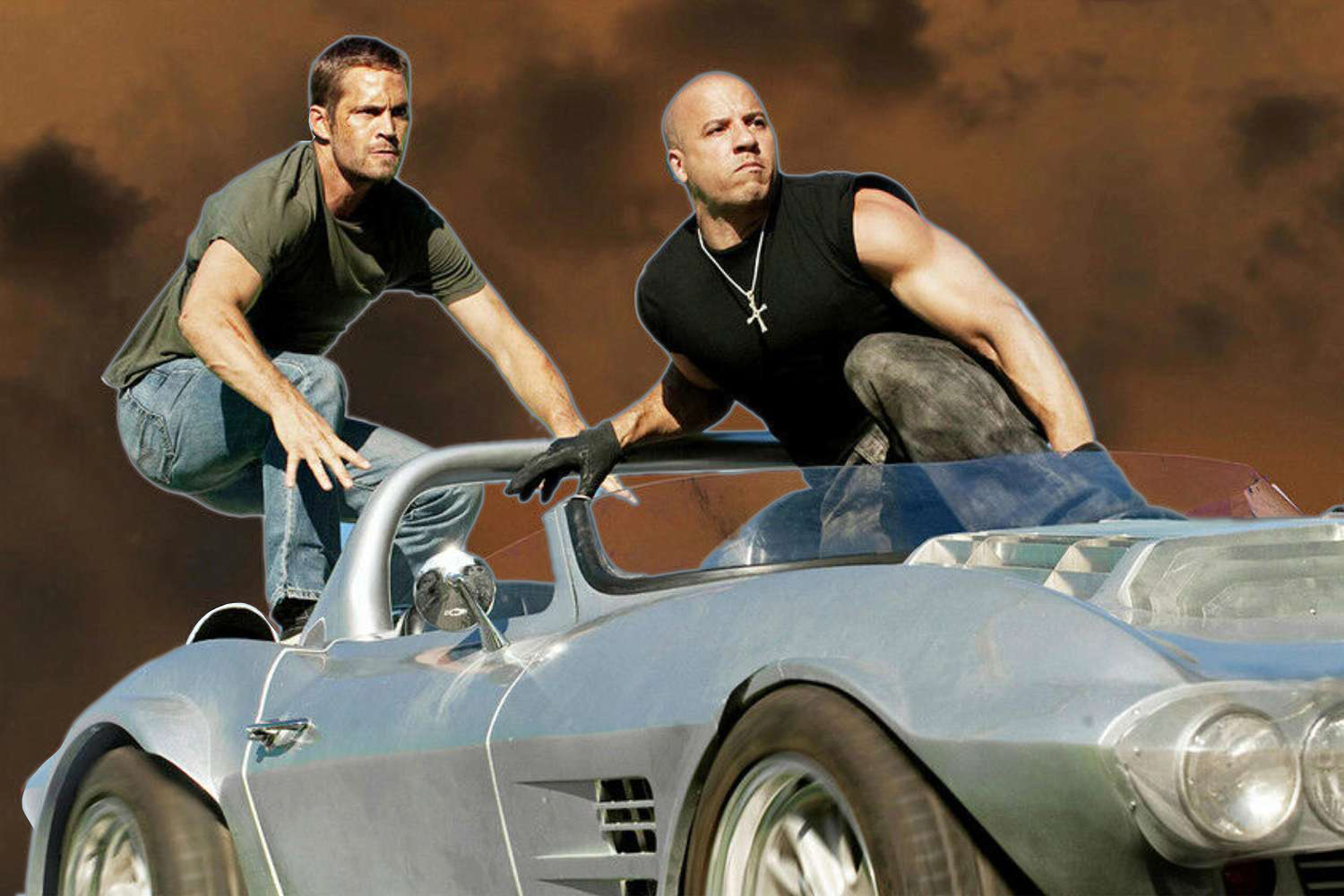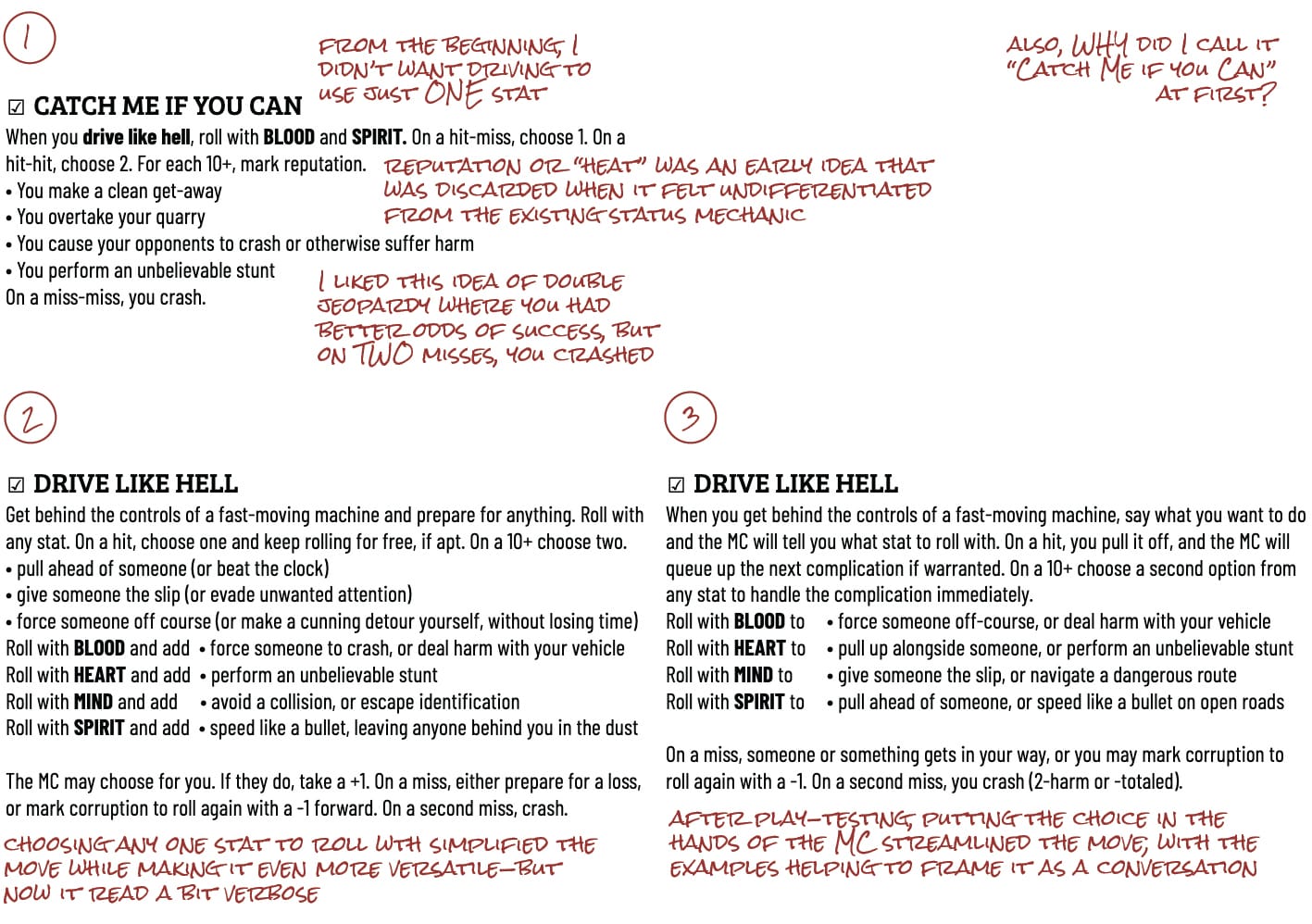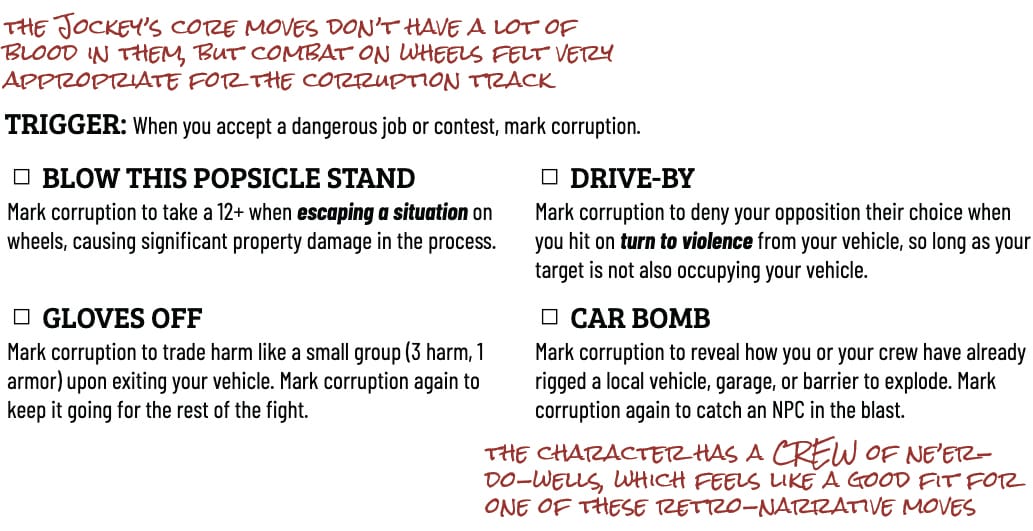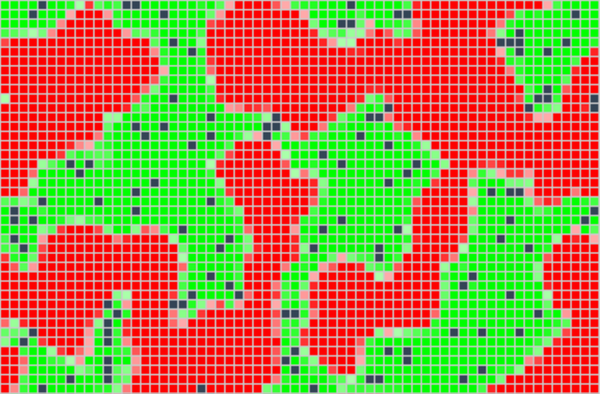Shadows at High Speed

When my girlfriend developed an unexpected fixation on watching all of the Fast & Furious movies last year, I was excited. I knew it was a huge franchise (at the time of this writing it's pulled in over $7 billion worldwide), but I'd never seen one, so I was along for the ride.
We got through about half of them.
I do not really enjoy the Fast & Furious movies. But as happens when I consume iconic media that leaves me wanting more, it got my wheels turning (buckle up; there'll be more puns where that came from).
I have a weekly game of Urban Shadows with a group of my high school friends. We started playing 2nd edition based on the Quickstart in 2021, and soon after started writing our own custom playbooks and moves. While the Fast movies never really hit the way I wanted them to, the archetype of the driver-criminal enmeshed in a high-octane world of underground street racing stuck in my head. I wanted to play a character like that, someone competitive with a hair trigger, who came alive burning rubber at 100mph.
Obviously this not unique to the Fast franchise. There's the manga Speed Racer which was adapted into a live-action film by the Wachowskis. The exacting animation of the science fiction spectacle Redline literally bankrupted its studio. And the canceled-too-soon 2007 TV series Drive—from cursed television producer Tim Minear (let's pour one out for Firefly while we're at it)—found a great balance between highway thrills and mystery box intrigue. And that's not even getting into the real-world industry of motorsports, like Formula 1.
The genre had tires. It was time to design the combative, toxic-familial, hard-driving ruffian of my dreams.
The Jockey
I had a few goals going into designing the Jockey. One, I wanted the archetype to incentivize chaos, giving a player the confidence and skill to take turns fast, crash and walk away. Two, I wanted to capture the way the Fast films ratchet up in intensity, from humble beginnings to inexorable, incendiary, in-way-over-your-head violence. And three, I wanted the playbook to explode the action of getting behind the wheel into a new world of gameplay with a few simple mechanics.
The centerpiece of the playbook is racing, whether racing against the clock, racing ahead of the competition, or racing away from a crime-scene. Early on, our MC, Darren, asked me if I wanted a race to feel like a "mini-game"—and that was a great way of thinking about it. He helped me workshop the Jockey's primary move, drive like hell, to give the player a versatile multitool in that mini-game.

I tried to illustrate the evolution of the move in three snapshots above. In the first draft, there was already the notion of rolling twice and crashing on two misses in a row, but it felt simultaneously overcomplicated and underdeveloped. In the second draft, modified options were introduced, with the player choosing any one stat that best applied to their situation. Finally, in draft three, the choice was given to the MC based on the player's narrative intent. Each option includes an explicit interaction with another driver and an umbrella action with broader applicability. And if the player misses on a specific leg of the journey, they can either accept the setback or re-roll and risk a crash.
In our most recent playtest, we spent three hours of game-time on an action-packed death race in the desert. A lap that ends with the accelerator being jammed into position by a sawed-off shotgun gives "pedal-to-the-metal" a whole new meaning.

Off the course, I wanted to give the Jockey moves that elevated the swagger and charisma of the archetype. Daring the player to see what they can get away with among friends like these, even when they're perhaps literally being held at gunpoint, feels so illustrative of the Jockey's psychology. And when it's about family, giving the Jockey what amounts to an advancement of refusing to honor a Debt under fraternal pretenses encourages the player to treat even challengers as part of their pit crew.

Finally, to mirror the genre's spiral of escalation (see goal #2), the Jockey's corruption moves provide tactical advantages in combat, encouraging players to get more aggressive the longer they can stay ahead. After all, you might be only human, but what's more dangerous than a human who believes they're invincible?
And the higher you climb, the more you stand to lose when your wings catch fire.
"I used to drag here back in high school..."
There is one scene in the The Fast and the Furious that I kept coming back to throughout this process, and that's the last scene of the film. In it, Dominic (Vin Diesel's character) races to escape(?) Paul Walker's character, Brian. They speed towards a railroad crossing, making the jump just ahead of an oncoming train. When I saw the movie, the scene felt... contrived. The stakes are unclear, the emotional dynamic between the two men ambiguous, the death-defying stunt a gratuitous act of randomness perpetrated by the screenwriters for the sake of a memorable finale.
But—and I think this is a credit to the leading men's performances—there's something about it that works. What tied it together for me is that these people are addicts. It's addict behavior to double down on a losing strategy, to gamble your life for a cheap adrenaline rush; and in that final scene of the first movie, Brian and Dominic bond over their shared compulsion.
That's exactly the kind of moral/emotional quicksand that makes Urban Shadows so sticky. And it's what makes my playtest character, Laz, so fun to play. They might have a good heart, deep down, but they learned to survive early by riding the knife's edge, and now it's the only way they know how to be.

